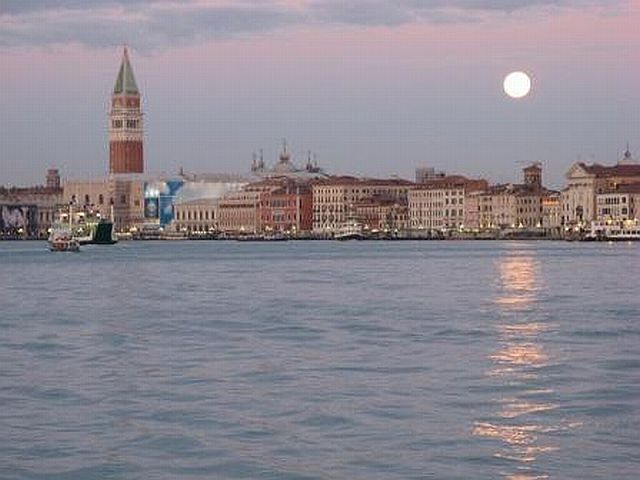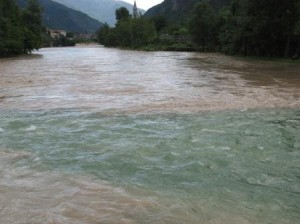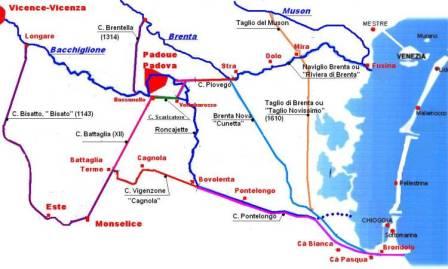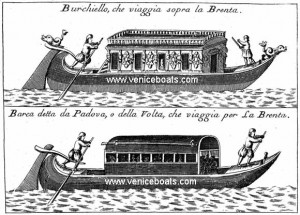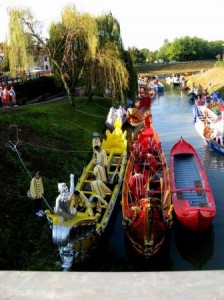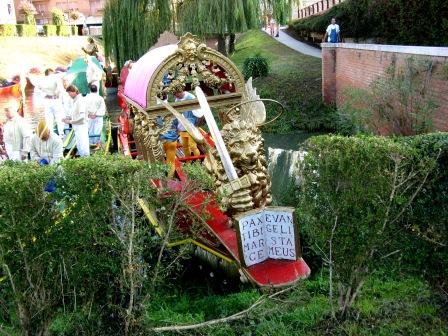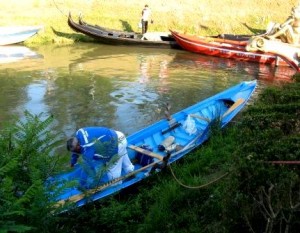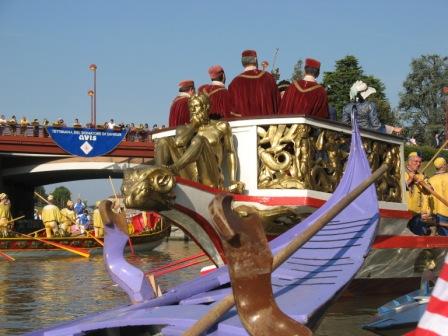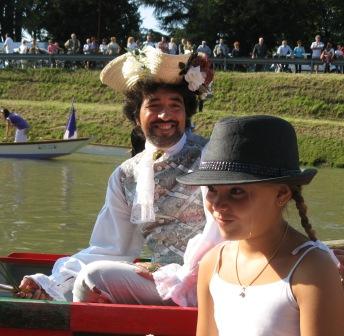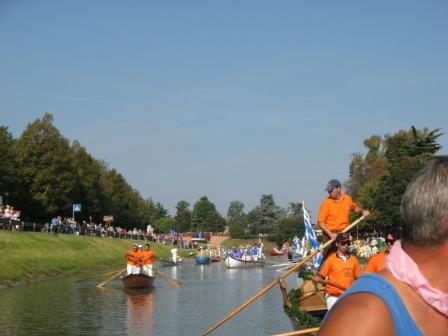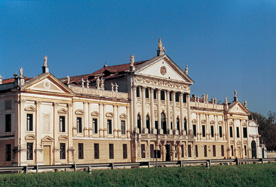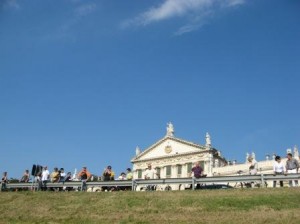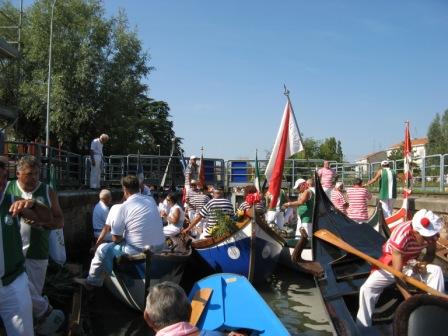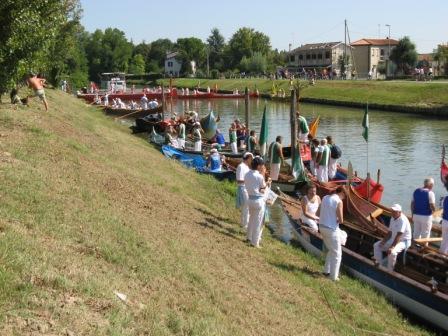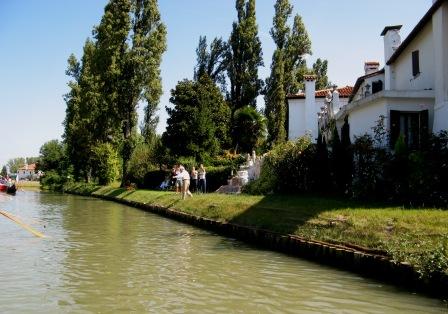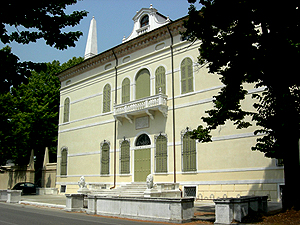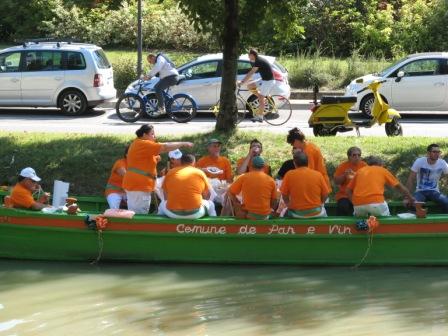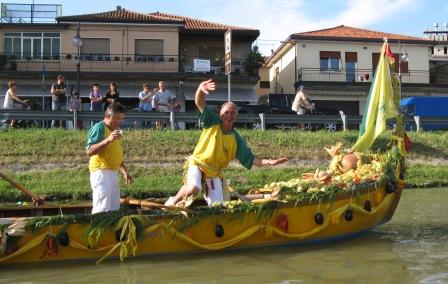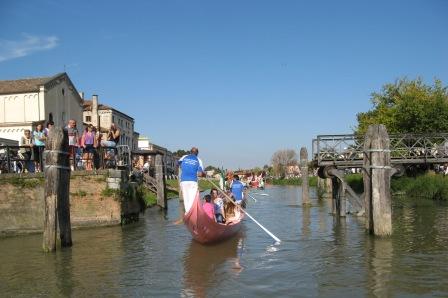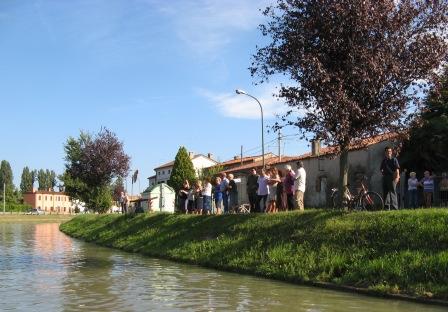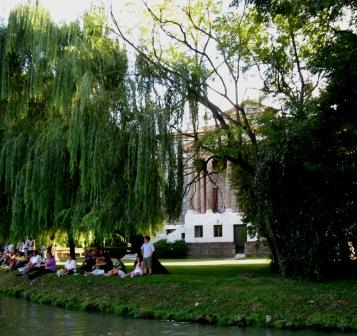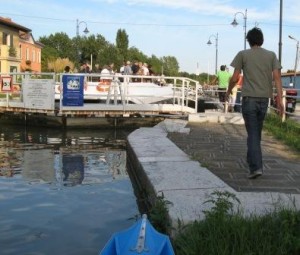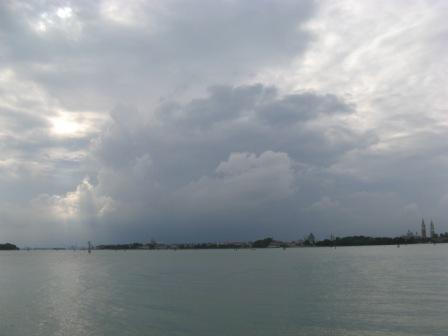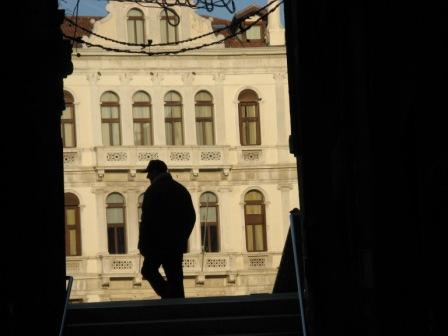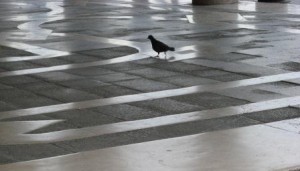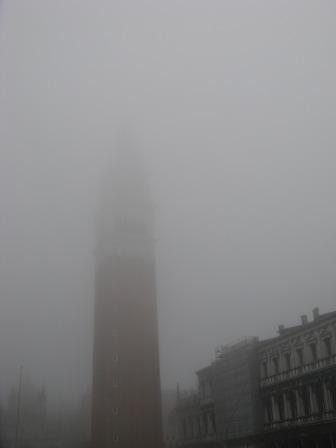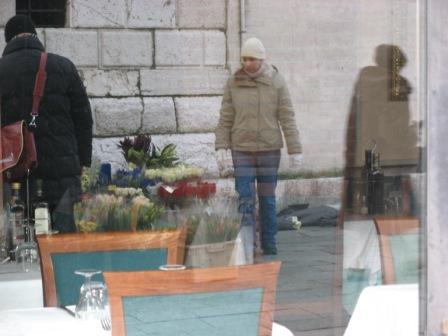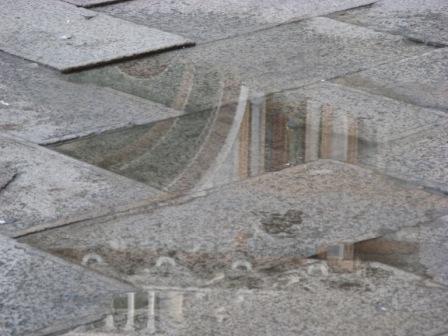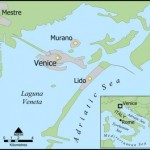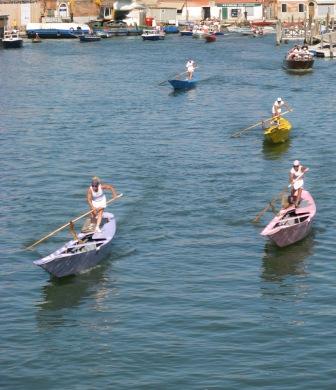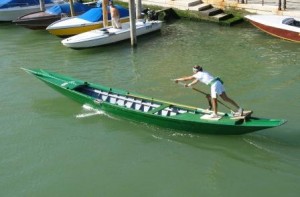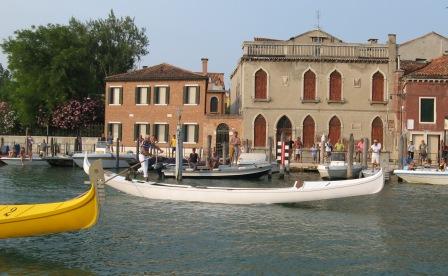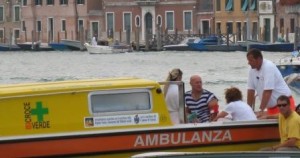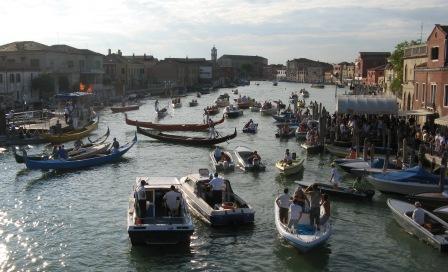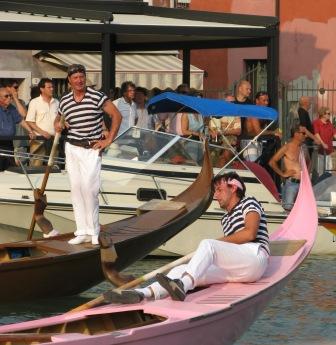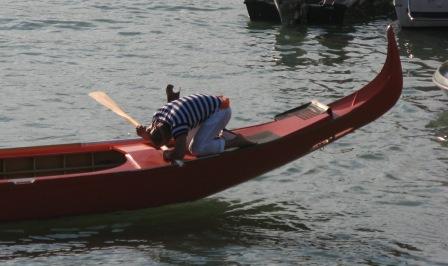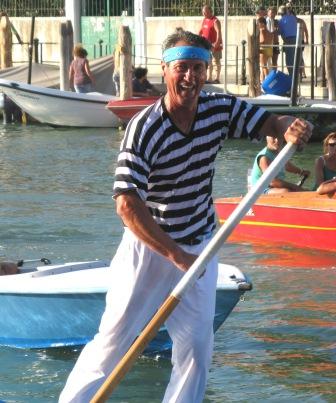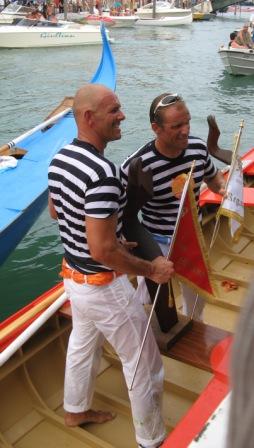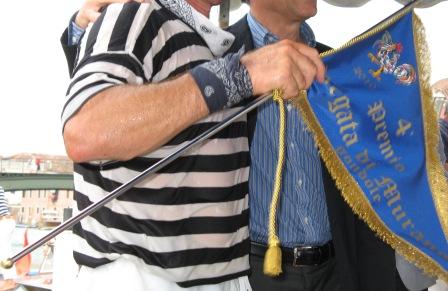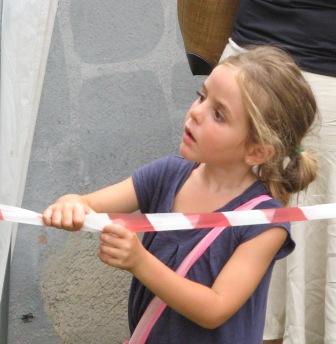I’m having a highly entertaining time these days reading “I Banditi della Repubblica Veneta” (The Bandits of the Venetian Republic) by Pompeo Molmenti, in a copy reprinted in 1898.
“Bandito” literally means “banished.” To be “bandito” was to be sent away, usually forever, dispossessed of much of your property, which had been confiscated by the State, sometimes along with all your titles of nobility, too. It sounds awful, but considering how many people were bandito you’d think it was just part of the regular cost of doing business as a havoc-wreaking, sword-wielding, virgin-despoiling nobleman. Like depreciation on your car.

Palaces razed in revenge, pitched battles in the streets, including artillery, murders of anyone deemed to be difficult– or even just a teeny tiny bit irritating — such as heirs of rival families, priests, wives, the random innocent bystander, including nursing infants — it was all part of the routine for your ordinary conscience-challenged baron and his squadrons of thugs. Some of the worst characters seem to have made a hobby of collecting decrees of their banishment.
By about page 10 it was incontrovertible that the id was on a permanent rampage across an empire awash in endorphins, a realm in which generations of men (and a couple of outlying women) were born with brains capable of forming only one thought: I want it now.
Unlike many books about the goings-on around here back in the old days, which often retell legends, folk traditions, and assorted other unconfirmed and unconfirmable events, Molmenti has filled his work with footnotes and citations. He was a scholar, and a very fine one.
In other words, he wasn’t making it up either.
So how many bandits were there? Reading Molmenti, you are forced to conclude that it was just about every male over the age of 18 months born into a noble family outside the city limits of Venice. Life in the Venetian Republic was far less organized, cool, or calm than some histories might lead us to believe. I, for one, was happily led for quite a while — till I discovered this book, in fact — to think that the Rule of Law here, as enforced by its many enforcers, had created a realm in which human nature willingly renounced its baser tendencies in order to create a Better World and Life for Everybody.
But how wrong I was about human nature, at least in Venice, could be summarized by Lino’s occasional comment: “If somebody stole something, they cut off their hand,” he says. “People went on stealing anyway.”
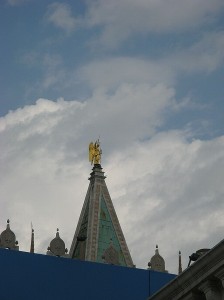
Every once in a while, though, something would happen that, in its own odd way, showed that laws were in fact alive and well and functioning in Venice. Here is my new favorite story (according to Molmenti). Not much blood, but I can tell you another story with plenty of plasma another time.
Here goes:
In 1638 a gentleman was killed, and nobody could find the murderer. The search was vast, as was the promise of 4,000 ducats to whoever found the guilty party.
After many years, a penitent presented himself to the rector of the church of San Marco, and in the secrecy of the confessional revealed himself to be the forgotten murderer.
The priest, remembering the large reward promised to whoever discovered the perpetrator, conceived a nefarious plan, and dismissing the penitent without having given him absolution due to the enormity of the sin, told him to come back another time.
After a few days, when the assassin, tormented by remorse, returned to ask for pardon, prostrate before the minister of God, the wicked priest hid the sacristan in a closet next to the confessional, able to gather all the details and circumstances of the deed and then reveal them to the State Inquisitor.
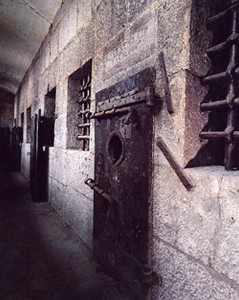
The assassin, immediately arrested and condemned to the gallows, seemed to be prepared for his punishment, but not without having expressed to the friar who was assisting him and to the prison guards his amazement that the Inquisitors knew the particulars of the crime down to the smallest detail, which he had revealed only to the rector of San Marco in the secrecy of the confessional.
His comments were reported to the Supreme Court, and his sentence was immediately suspended.
The priest was brought in, and confessed under torture his ignoble sacrilege [knowing he was going to go to hell wasn’t enough of an incentive to make him confess?], and he was beheaded.
The assassin, on the other hand, was released from prison, and seeing that the discoverer of the crime was also its perpetrator, he was given half of the reward [Caramba, not only am I alive, not only am I free, now I’ve got 2,000 ducats I didn’t have yesterday].
And he was instructed to abandon Venetian territory forever. [Watch me go.]
You looking for justice? Here it is, served up in a jumbo-size package: The assassin is identified (check), another crime is discovered (check) as well as its cassock-clad perpetrator (this is getting good). The guiltiest of the guilty walks the green mile while the formerly — well, still — guilty murderer gets a prize and goes free.
Bonus: The Venetian State saves 2,000 ducats.
Extra bonus: Pretty clever assassin, really, going to confess his crime to a priest. That way he managed to remove the sin from his cosmic account without having to suffer any unpleasant blowback from the Venetian government. True, it didn’t work out like he planned. It worked out even better.
Let me know if I’ve missed any morsel in this cassoulet of crime. It’s pretty tasty.
